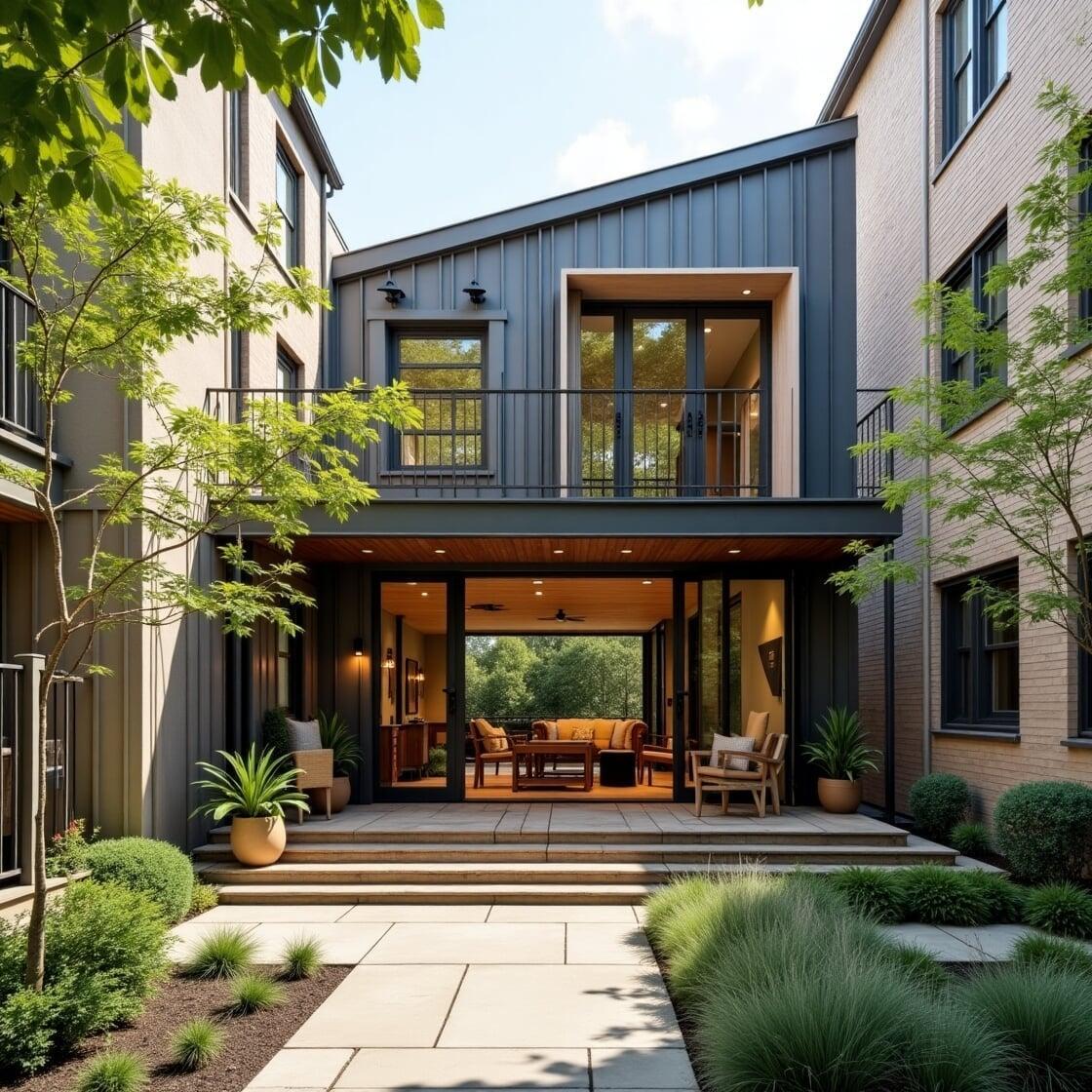With the rise of Accessory Dwelling Units (ADUs) across California, there's also been a rise in confusion. From zoning myths to financial fears, homeowners often hesitate to explore ADUs due to misinformation.
In this guide, we’re breaking down the most common misconceptions about ADUs—so you can confidently make informed decisions and possibly unlock one of the best property investments available today.

🧠 Top 8 Common Misconceptions About ADUs
1. ❌ “ADUs Are Only for the Wealthy”
2. ❌ “I Don’t Have Enough Space for an ADU”
Truth: State law allows ADUs on most residential lots—even small ones. Detached ADUs can be as small as 150–400 sq ft, and Junior ADUs (JADUs) can be created within the existing home or garage space.
3. ❌ “ADUs Decrease Property Value”
Truth: Quite the opposite. A permitted ADU can increase your home’s value by 20–30% depending on location and build quality. They’re a hot commodity for buyers looking for flexible housing options or rental income potential.
4. ❌ “ADUs Are Illegal or Difficult to Permit”
Truth: California has passed multiple pro-ADU laws (like Senate Bill 9 and AB 68) that require cities to streamline and approve ADUs ministerially—meaning no lengthy public hearings or special reviews if requirements are met.
5. ❌ “ADUs Are Just for Renting Out”
Truth: ADUs serve many purposes:
Housing for elderly parents or adult children
Home offices or studios
Guest quarters
Caregiver housing
6. ❌ “Neighbors Will Block My ADU Plans”
Truth: State law overrides most local opposition. If your ADU project follows state and local guidelines, neighbors cannot prevent it.
7. ❌ “ADUs Are Low Quality or Unsafe”
Truth: Permitted ADUs must meet all California building codes, safety, plumbing, and energy efficiency standards—making them as safe and high-quality as any other home.
8. ❌ “You Can Only Build One ADU”
Truth: On single-family lots, you may be allowed to build one full ADU and one Junior ADU. On multi-family properties, up to two detached ADUs may be permitted.
✅ Benefits of Building a Permitted ADU in California
🏠 Boost Property Value
Well-designed ADUs increase your overall property value and attract more buyers if you sell.
💰 Generate Rental Income
Long-term rentals can bring in steady cash flow, especially in California’s high-demand housing market.
👨👩👧 Support Multigenerational Living
Keep loved ones close while still maintaining privacy and independence.
🌎 Reduce Environmental Impact
Compact living reduces energy usage, car dependence, and urban sprawl.
⚖ Stay Legally Protected
Permitted ADUs offer legal peace of mind, especially when selling or refinancing.
📝 The Permitting Process at a Glance
Check Zoning Regulations
Ensure your property meets local ADU criteria (most do under current state law).Design the Unit
Work with a licensed architect or ADU specialist.Submit for Permit
Most cities offer streamlined approval within 60 days.Build + Inspect
Your contractor builds the unit, which is inspected by local officials.Get Occupancy Certificate
Move in, rent it out, or use it however you like.

